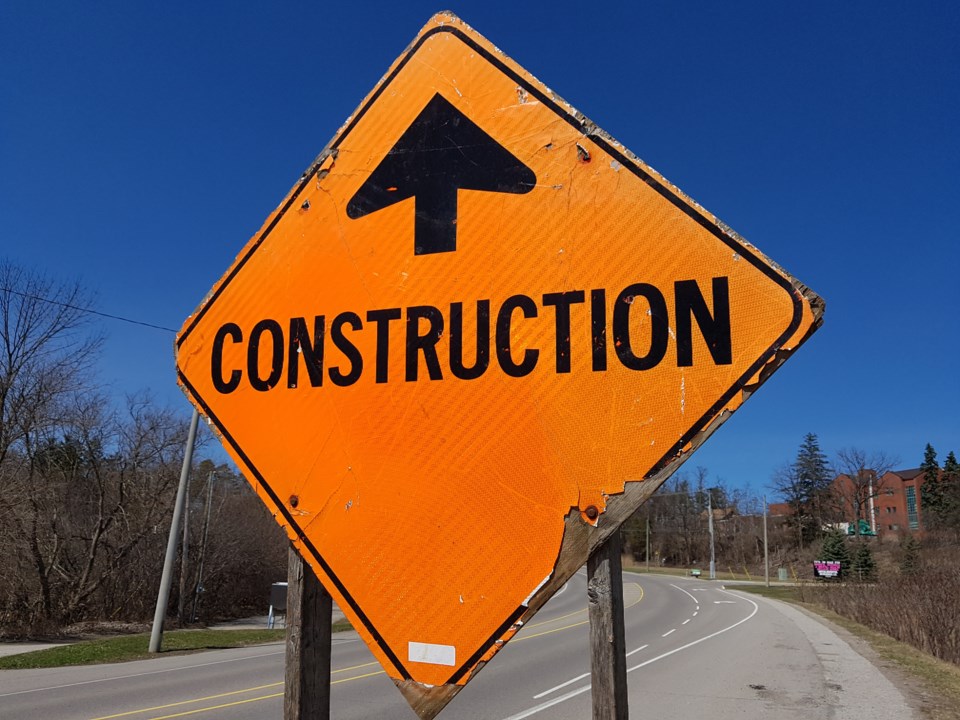Fix the roads, you say?
It turns out, Sault Ste. Marie spends more per capita on roads than any of the five largest municipalities in northern Ontario.
Data to be presented at next week's city council meeting will show the Sault spends $280 per person each year, compared to $249 in North Bay, $236 in Timmins, $223 in Greater Sudbury and just $143 in Thunder Bay.
"Apparently, all five northern cities are facing a formidable road infrastructure deficit and in order to meet demands, increases to the resurfacing and reconstruction budgets will be required," said Carl Rumiel, the city's director of engineering.
"Of the five northern municipalities, Sault Ste. Marie appears to spend the most per lane kilometre and per capita," Rumiel said in a report prepared for Monday's city council meeting.
His report was in response to a request from Ward 1 Couns. Paul Christian and Sandra Hollingsworth.
Rumiel nonetheless cautions that comparing the five northern cities can be like comparing apples to oranges.
For example, road deterioration can vary from one geographical region to another because of soil conditions.
"Much of Sault Ste. Marie’s native soils are poorly draining silt and clay, which are extremely susceptible to differential frost movement below the road structure," Rumiel said.
"This frost action causes accelerated deterioration of our roads and the need for higher spending on maintenance, resurfacing and reconstruction," he added.
Cost of road construction materials and labour may also vary in different cities.
"As northern municipalities, we are somewhat geographically isolated, resulting in the cost of asphalt being higher in one location than another due to trucking of materials from larger centres," Rumiel said.
"It is likely that municipalities closer to southern Ontario would be able to resurface/ reconstruct more lane-kilometres per dollar spent than one that is further away."
"Sault Ste. Marie, North Bay and Thunder Bay have similar lane-meters per capita; however, Sudbury and Timmins are considerably higher, based on a much larger area covered by the municipal footprint."
"This lower population density may result in lower average annual daily traffic volumes resulting in less wear and tear on a road in some areas," Rumiel reported.
"Sudbury spends far more on resurfacing which may be indicative of their road structures holding up, or it could also indicate their asphalt surfaces are poorer thus requiring resurfacing on a more frequent basis."
"Based on this data, Sault Ste. Marie compares well showing a high investment into road reconstruction and resurfacing."
Rumiel nonethess argues than more in-depth study is needed to make meaningful conclusions.
"The city’s new corporate asset management plan will be completed this year related to core municipal infrastructure including inventory of roads, current levels of service, and costs to maintaining levels of service."
This plan will serve as a tool in setting appropriate levels of spending on our road infrastructure," he concluded.
Next week's city council meeting will be livestreamed on SooToday starting at 4:30 p.m. on Monday.
